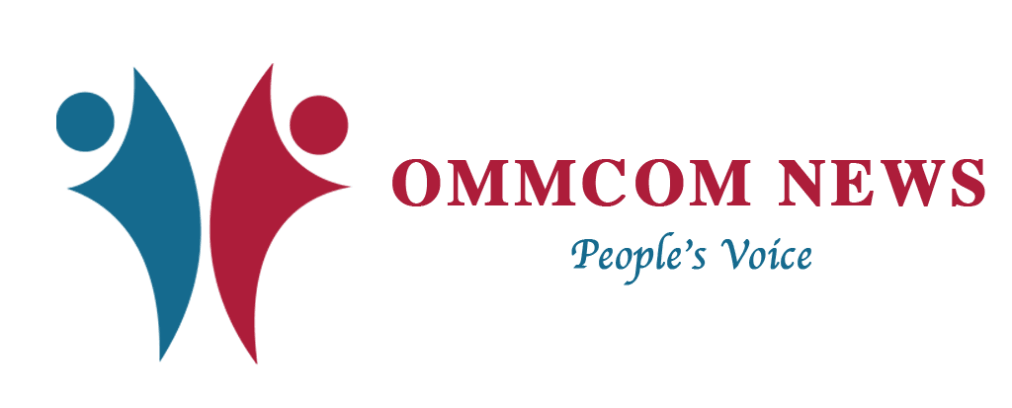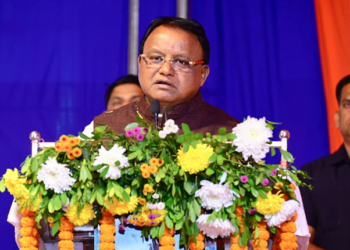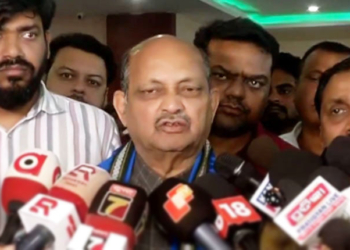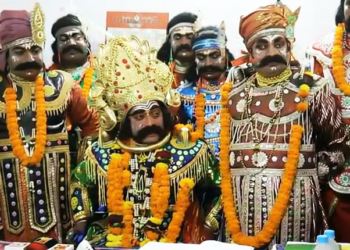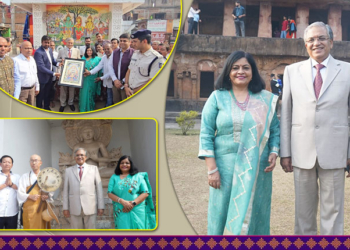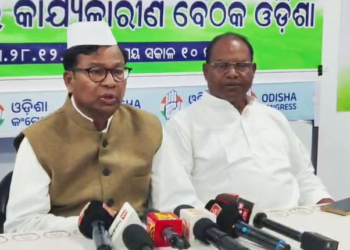Bhubaneswar: A meeting of the State-Level Child Protection and Welfare Monitoring and Review Committee was held on Thursday at Lok Seva Bhawan under the chairmanship of Chief Secretary Manoj Ahuja. The meeting focused on a comprehensive review of child protection mechanisms in Odisha, with special emphasis on institutional and non-institutional frameworks, and on strengthening coordination among various departments and stakeholders involved in child welfare.
According to an official press release, during the meeting, Director of Women and Child Development, Monisha Banerjee, presented an in-depth overview of Odisha’s existing systems under Mission Vatsalya, highlighting both government and non-government interventions.
The presentation covered the operations of key bodies including the State Child Protection Society, the State Adoption Resource Agency (SARA), and the three-tier Child Welfare Committees functioning at the state, district, and Gram Panchayat levels.
The current status of infrastructure and outreach was discussed in detail, including the functioning of 30 District Child Protection Units, 31 Child Welfare Committees, 34 Juvenile Justice Boards, 36 Juvenile Police Units, and 220 Child Care Institutions across the state.
The committee was informed that around 8,150 children are currently under institutional care, while 6,317 are being supported through non-institutional care. Of the institutionalised children, 98 percent have been enrolled for Aadhaar.
In terms of rehabilitation and empowerment, 672 children are presently pursuing vocational education and over 8,130 individuals have undergone skill development training through 264 programmes.
Notably, 211 children have secured employment while 79 have taken up self-employment. The Ashirbad Yojana continues to provide critical support in the form of education assistance, vocational guidance, and marriage support to children transitioning out of institutional care.
The meeting also discussed the positive trends in adoption in Odisha over the last three years, noting a steady rise in in-country adoptions, with girl child adoptions outnumbering boys each year due to improved awareness and systemic reforms.
Odisha currently has 160 children’s homes, 33 specialised adoption agencies, 12 open shelters, 7 observation homes, and 7 special homes. Officials highlighted that 41 Child Help Desks are operating effectively across the state, supported by a central State Control Room, to ensure timely assistance to children in need.
Discussions also covered initiatives around mental health support for traumatised children, smart education through e-learning platforms, video conferencing for juvenile case hearings, and monthly financial support for continuing education under the Ashirbad Yojana.
Exposure visits to World Skill Centres, yoga sessions in child care institutions, and vocational training programmes for children in observation homes were also reviewed as part of holistic development strategies. Cultural and sports engagement was being actively promoted through state-level programmes such as Mahak and Utsah.
The integration of helpline services such as Child Helpline 1098, Women Helpline 181, and the Emergency Response Support System 112 was commended, with Principal Secretary of Women and Child Development, Shubha Sharma, underlining the 24×7 functionality of the 1098 helpline in all districts.
Under the Yashoda Scheme, periodic orphan surveys are conducted every four years to assess and track children in need of care. The Amari Shishu Portal is being operationalised to digitally consolidate data related to child protection, and so far, over 51,000 children have been covered under the Ashirbad Yojana, receiving various forms of support.
The Chief Secretary stressed the importance of bolstering both institutional and non-institutional child protection mechanisms through the collective efforts of departments such as Women and Child Development, School and Mass Education, Health and Family Welfare, Panchayati Raj and Drinking Water, Home, and Skill Development and Technical Education.
He directed district-level authorities to step up monitoring, ensure accountability in child care institutions, and work with increased dedication.
Additional Chief Secretary and Development Commissioner Anu Garg urged departmental Secretaries and senior officers to include schools and child care institutions in their itinerary during district visits to better assess ground realities.
The meeting was attended by Principal Secretaries, Commissioner-cum-Secretaries, and senior officials from various departments engaged in child development and welfare across the state.
